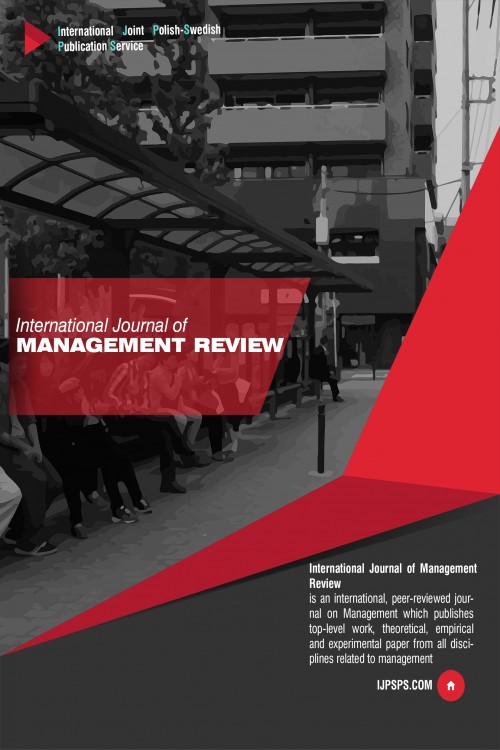
Examining The Satisfaction Of Physicians And Patients Of Family Physician Program (FPP)
Abstract
This Study Was Conducted To Assess The Level Of Satisfaction Of Doctors And Patients From FPP, To Achieve The Strengths And Weaknesses Of The Project, And To Improve The Weaknesses In Estahban. Considering The Nature, Objective Of Research, Research Questions, To Review The Status Quo In FPP, And To Assess The Indices Studied, Descriptive Study Of Survey Type Has Been Used. To Create An Overall And All-Inclusive Plan, The Satisfaction With FPP Was Studied From The Perspectives Of Physicians And Patients In Detail. Considering The Objectives Of The Project, Two Questionnaires Were Prepared For Doctors And Patients Population. In This Study, Considering The Doctors Population, The Census Method Is Used That Includes All Medical Society Units. To Assess The Target Population For Patients' Random Method Is Used. After Statistical Analysis, The Results Are As Follows Patient Satisfaction With FPP 38.3 Percent Higher Than The Average, And The Lowest Satisfaction Is Related To "Satisfaction With Comprehensiveness Of Health Services Needed Within The Center." The Results Of Statistical Analysis Of The Physicians' Satisfaction Indicates That Only 23.5 Percent Of The Physicians' Satisfaction Is Above Average, And This Is While The Physicians' Satisfaction Is Lower Than The Minimum Criteria Of The Assessment Of This Research. According To The View Of Doctors, The Current Process Of Health Records, The Amount, And Quality Of Receiving The Payment And The Referral Process Are Of The Weaknesses Of FPP. Statistically, There Is A Significant Difference At 99% Level Between The Level Of Satisfaction Of Doctors Based On Service (Urban Or Rural), And Between Rural And Urban Patients There Was No Significant Difference.